When it’s time to sell your home, one of the biggest decisions you’ll face is choosing between a cash buyer and a traditional buyer. Each path offers distinct advantages and trade-offs—speed versus price, convenience versus potential profit. Understanding your home selling options helps you make a confident decision that aligns with your financial goals and timeline.
While traditional home sales remain the most common, investor sales have become increasingly popular in competitive or uncertain markets. Investors often offer quick, all-cash purchases with minimal conditions, while traditional buyers rely on mortgages and inspections that can delay closing. The best choice depends on your property’s condition, market trends, and personal priorities.
This guide compares investor and traditional sales side-by-side, showing how each affects price, timeline, and overall experience—so you can choose the strategy that works best for your situation.
Understanding the Investor Sale Process
Selling to an investor typically means receiving a cash offer from a company or individual looking to buy properties quickly for rental income, renovation, or resale. The biggest advantage is speed: investor sales often close in as little as 7 to 10 days, with no financing contingencies or repair demands.
Because investors buy homes “as-is,” they’re a strong option for sellers who can’t afford upgrades or need to relocate immediately. Cash buyers also remove much of the uncertainty found in traditional transactions, where deals can collapse due to financing or appraisal issues.
However, that convenience comes with trade-offs. Investors usually offer below-market prices to account for repair costs and profit margins. While this can be a fair exchange for sellers needing fast liquidity, it may not maximize long-term financial returns.
Pros and Cons of Selling to a Cash Buyer
Advantages:
- Fast closing, often within days
- No repairs, staging, or showings required
- Reduced risk of deal fallout due to financing
Drawbacks:
- Typically lower sale price than traditional buyers
- Limited negotiation flexibility
- Potential exposure to predatory “we buy houses” scams if not vetted
How Traditional Buyers Approach the Purchase
Traditional buyers usually purchase homes with mortgage financing, requiring appraisals, inspections, and loan approvals before closing. These steps take longer—typically 30 to 60 days—but may result in higher offers, especially in strong housing markets.
With traditional sales, buyers often pay closer to market value because they’re purchasing for personal use rather than investment profit. They’re also more likely to form emotional connections to the home, sometimes leading to competitive bidding.
The trade-off is time and complexity. Inspections can trigger repair negotiations, appraisals can lower offers, and lender delays can extend the closing process. For sellers in no rush, however, this route often produces better net gains.
Pros and Cons of Selling to a Traditional Buyer
Advantages:
- Higher potential sale price
- Greater pool of interested buyers
- Opportunity for emotional appeal and bidding wars
Drawbacks:
- Longer closing timelines
- Possible delays from financing, appraisal, or inspection issues
- Need for home repairs, cleaning, and staging before listing
Financial Comparison: Investor vs. Traditional Sale
When comparing financial outcomes, it’s essential to look beyond the headline price. While investors may offer less upfront, their deals often save sellers money on repairs, agent commissions, and holding costs. Traditional buyers may pay more, but transaction fees and preparation expenses can narrow the difference.
For example, a traditional sale might bring $350,000 but include $20,000 in repairs and 6% agent commissions—cutting your net to around $309,000. An investor may offer $315,000 cash for an as-is sale, closing in a week, with no deductions. In such cases, convenience may outweigh a slightly lower offer.
The key is to calculate your “net proceeds” rather than just the sale price. That number reveals which option truly benefits you financially after all costs are considered.
Cost Factors to Evaluate
1. Repairs and Upgrades: Investor sales eliminate these costs entirely, while traditional listings may require cosmetic improvements.
2. Agent Commissions: Traditional sales usually include 5–6% in real estate commissions unless you sell by owner.
3. Carrying Costs: The longer your home stays on the market, the more you pay in mortgage, utilities, and maintenance.
How to Choose the Best Home Selling Option
Choosing between a cash buyer and a traditional buyer depends on your timeline, property condition, and financial priorities. If you need a quick sale—perhaps due to relocation, divorce, or inheritance—an investor sale may be ideal. For homeowners with time to prepare and market their property, a traditional buyer typically offers greater profit potential.
In some cases, sellers pursue both paths simultaneously by listing the home while entertaining investor offers. This hybrid approach allows flexibility and ensures you don’t miss the highest possible deal.
Always research potential investors carefully. Request proof of funds, check business licenses, and read online reviews before accepting any offer. A reputable cash buyer will provide transparent contracts and close through a licensed title company.
Decision-Making Checklist
1. Assess Your Timeline: How quickly do you need to sell?
2. Evaluate Property Condition: Can you afford repairs or staging to appeal to traditional buyers?
3. Compare Net Proceeds: Use realistic estimates of fees, commissions, and holding costs to calculate your bottom line.
Key Takeaway
There’s no one-size-fits-all answer when choosing between a cash buyer and a traditional buyer. Investor sales prioritize speed and simplicity, while traditional listings aim for maximum profit and broader exposure. By comparing your home selling options carefully—and calculating total costs versus convenience—you can make a confident decision that aligns with your financial goals and life timeline.


